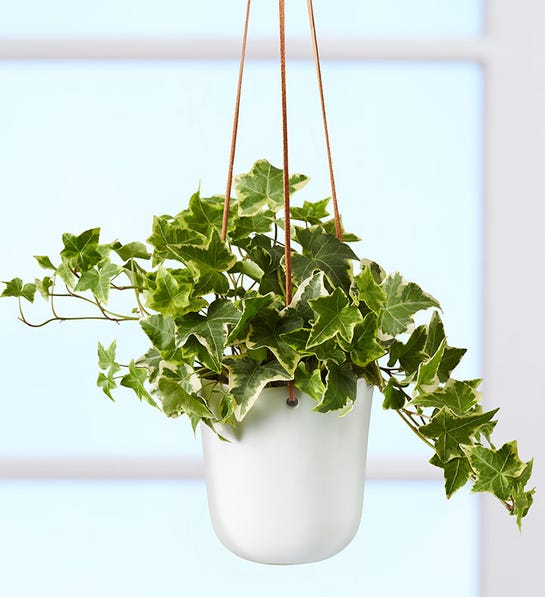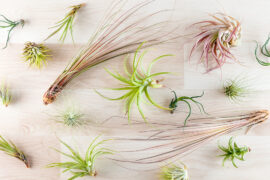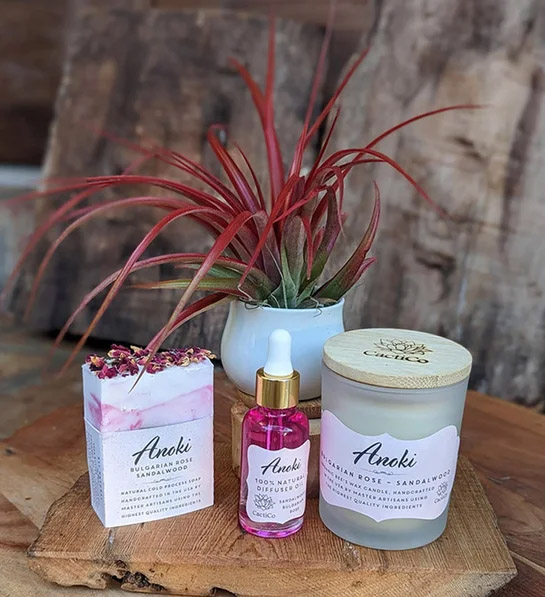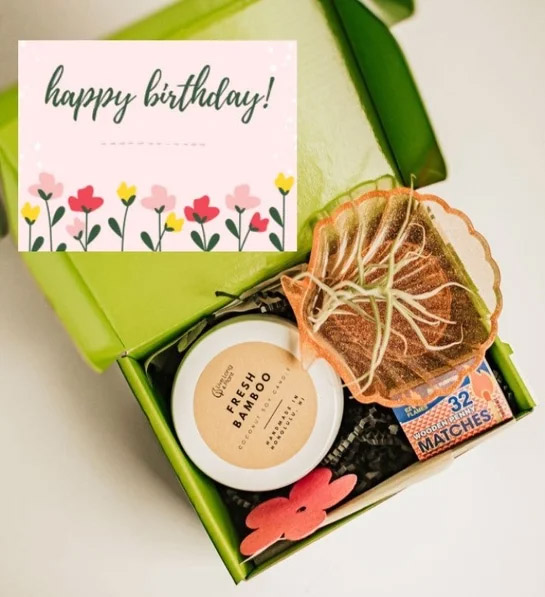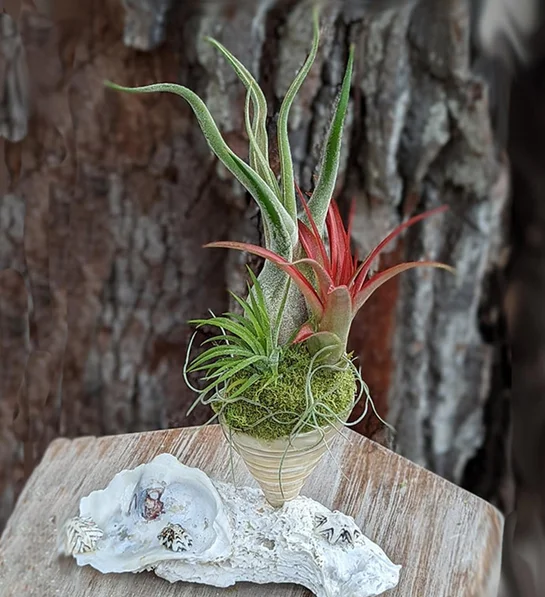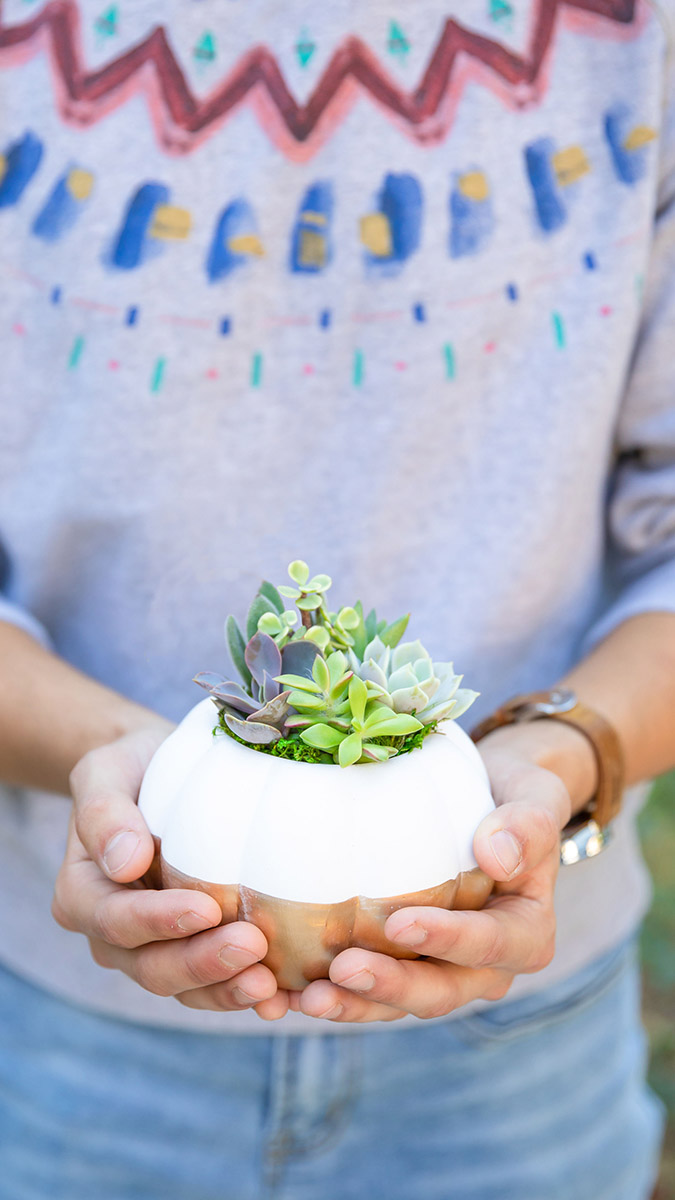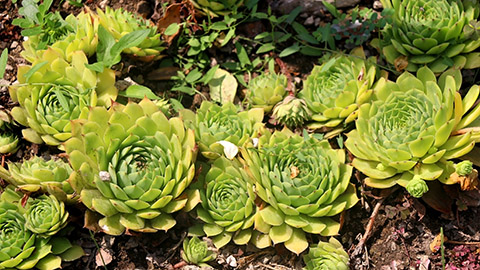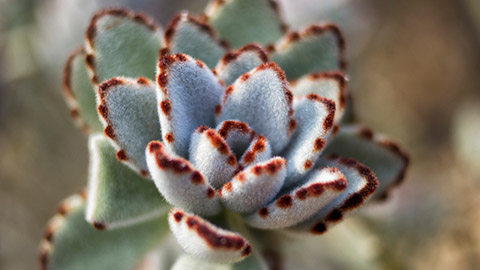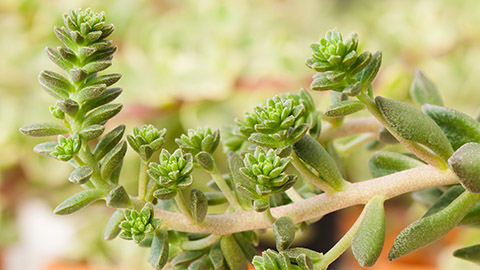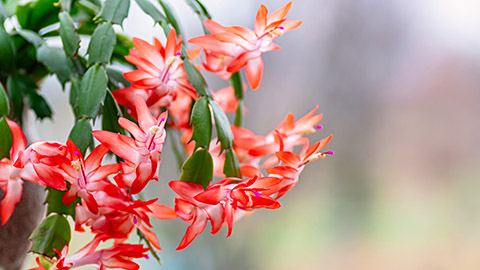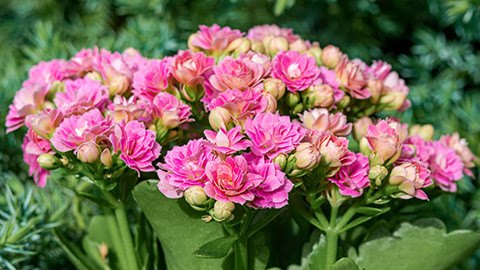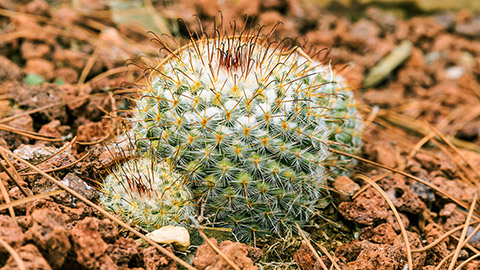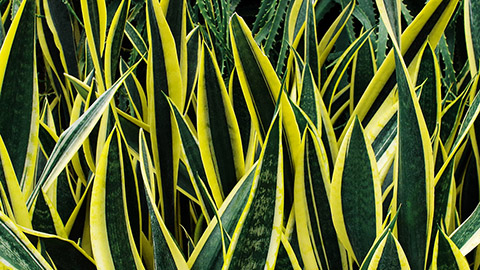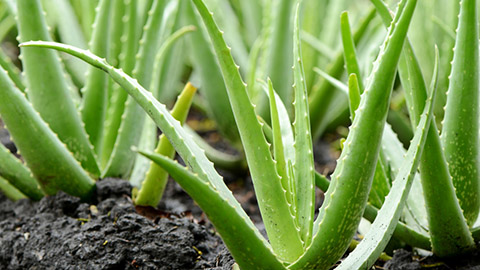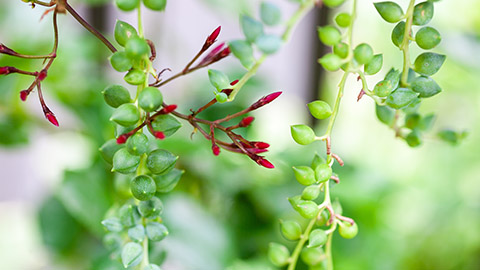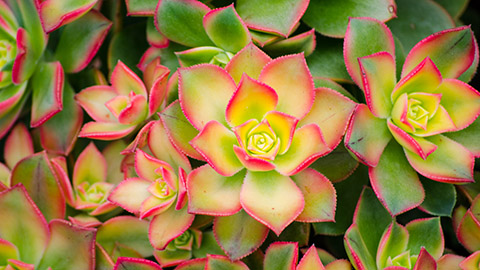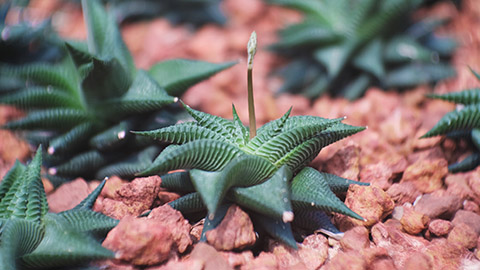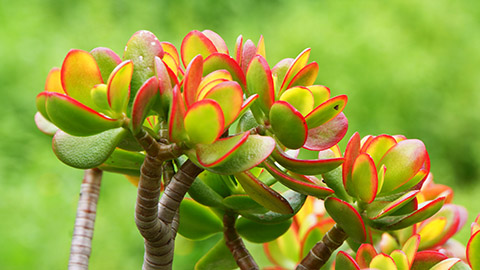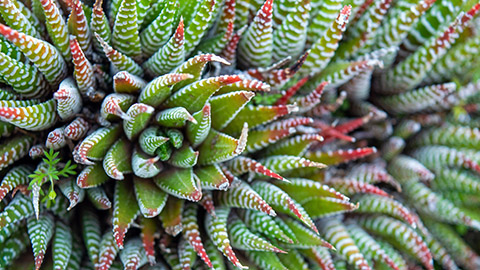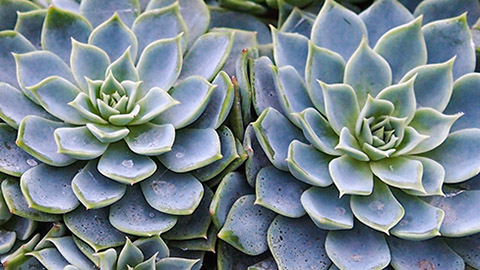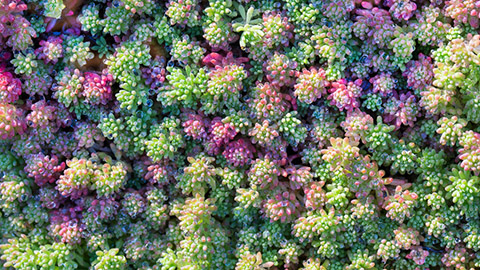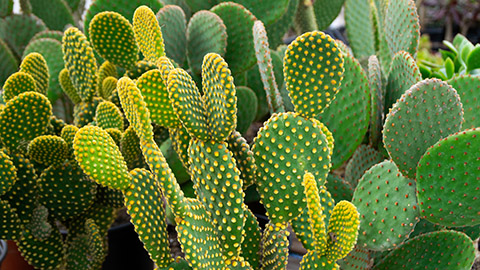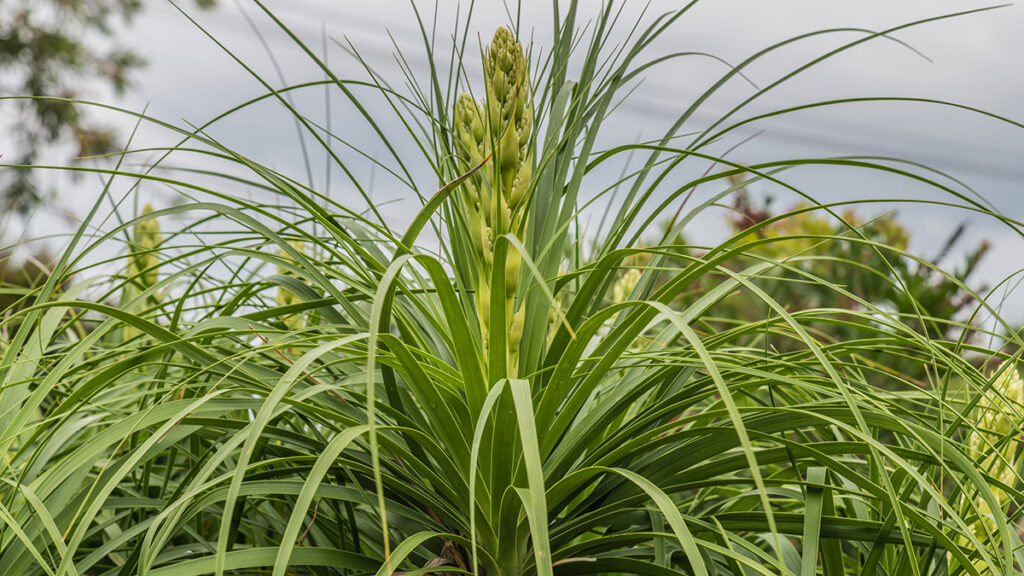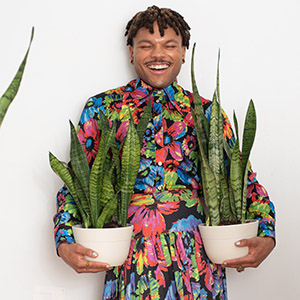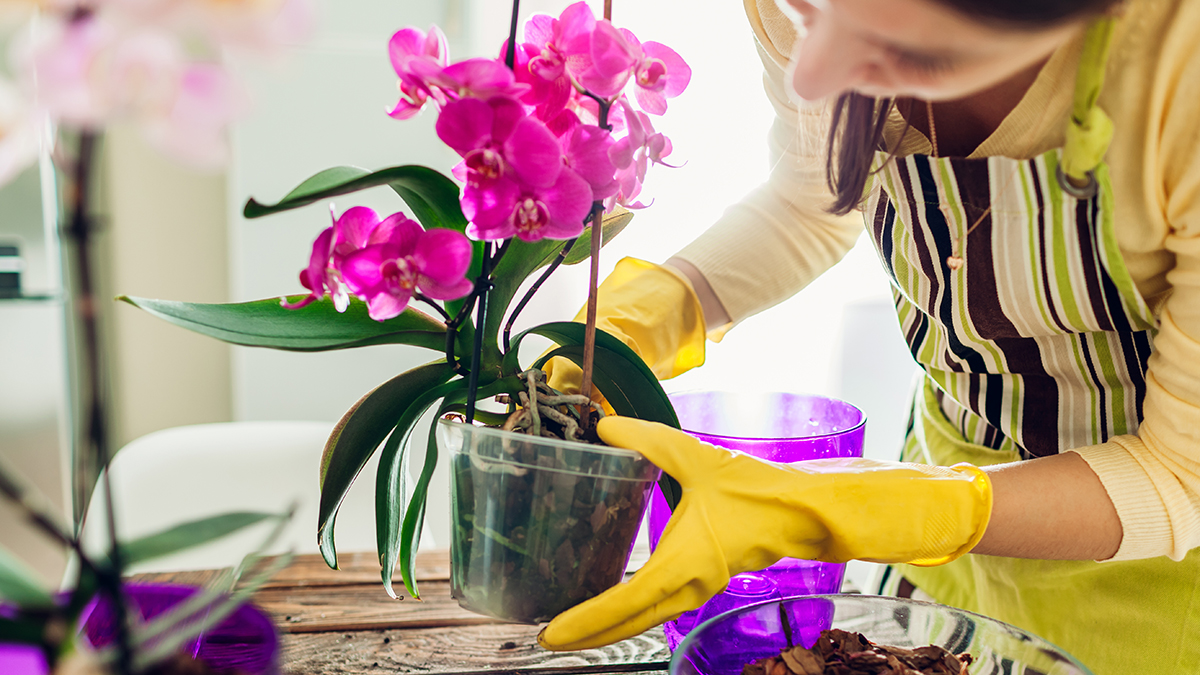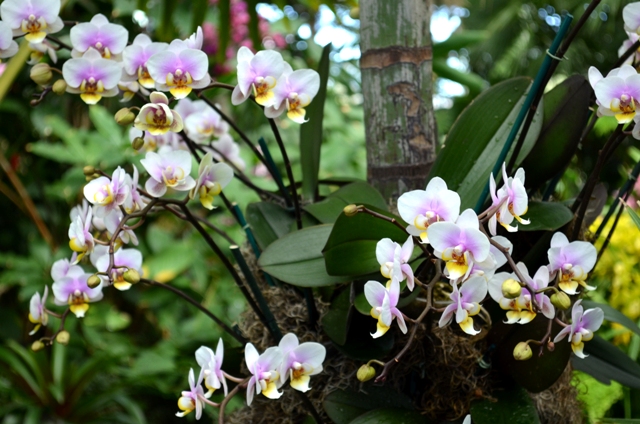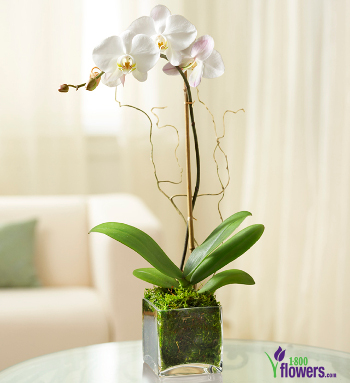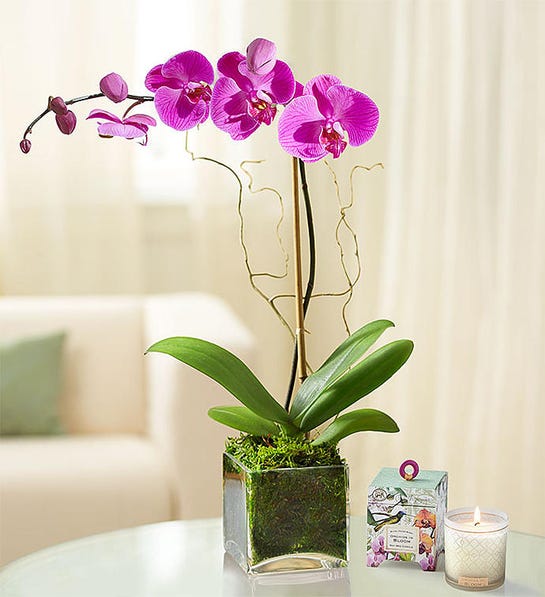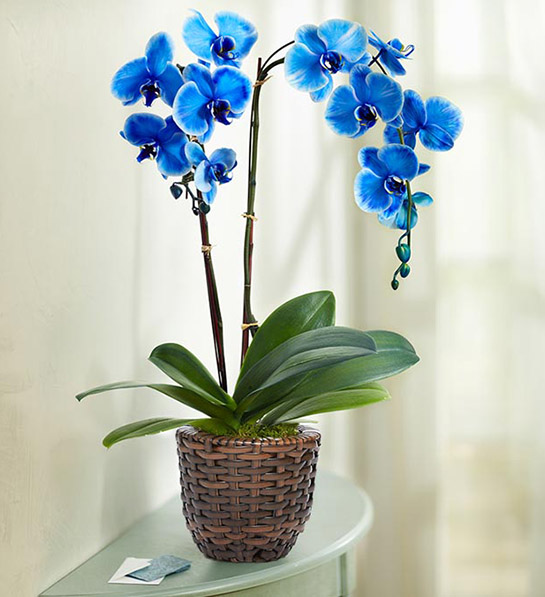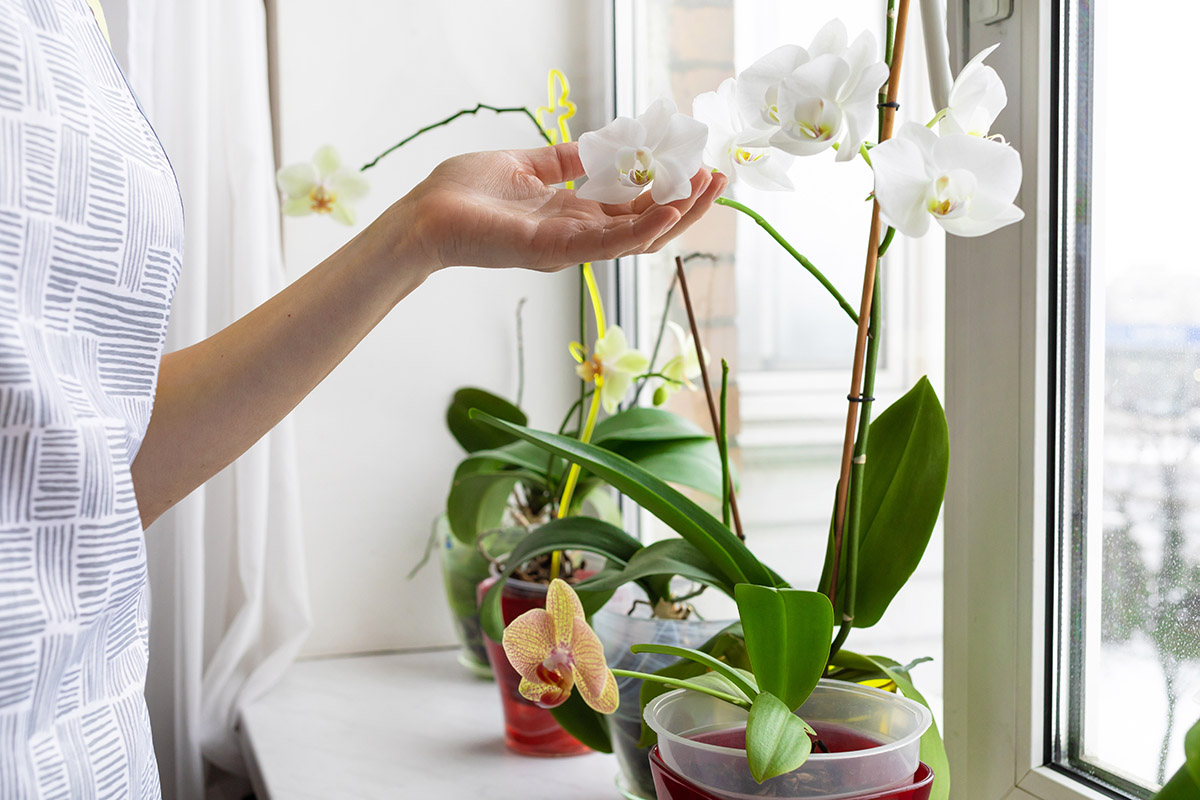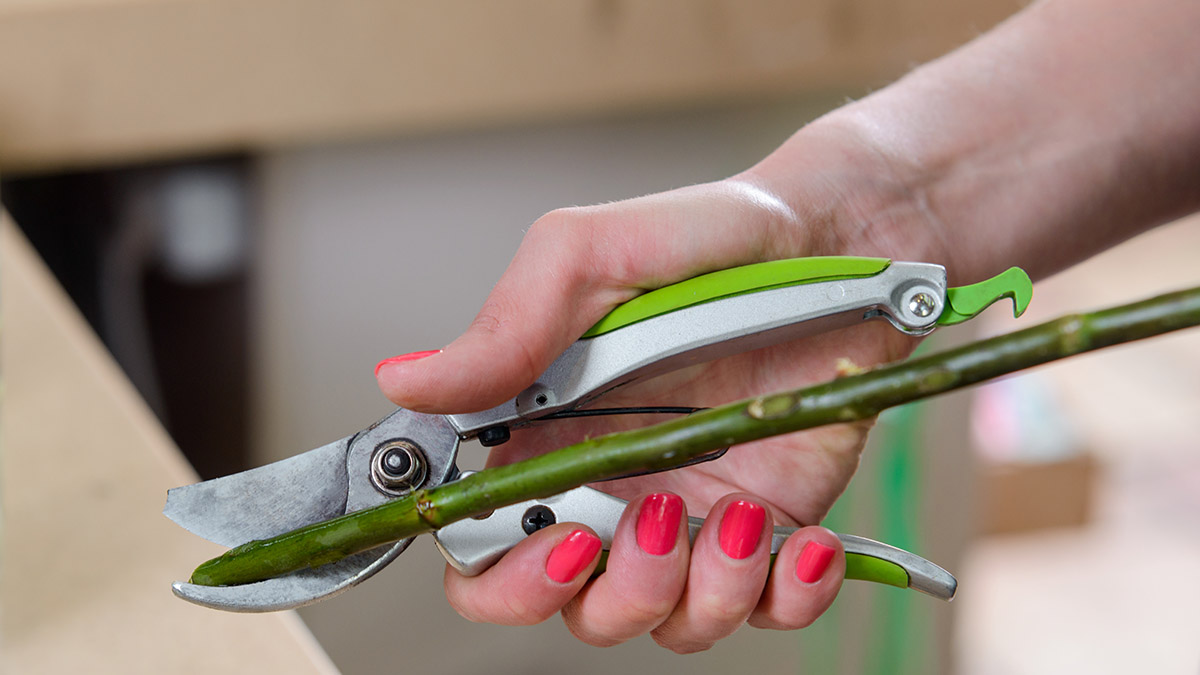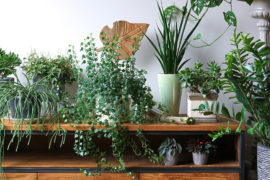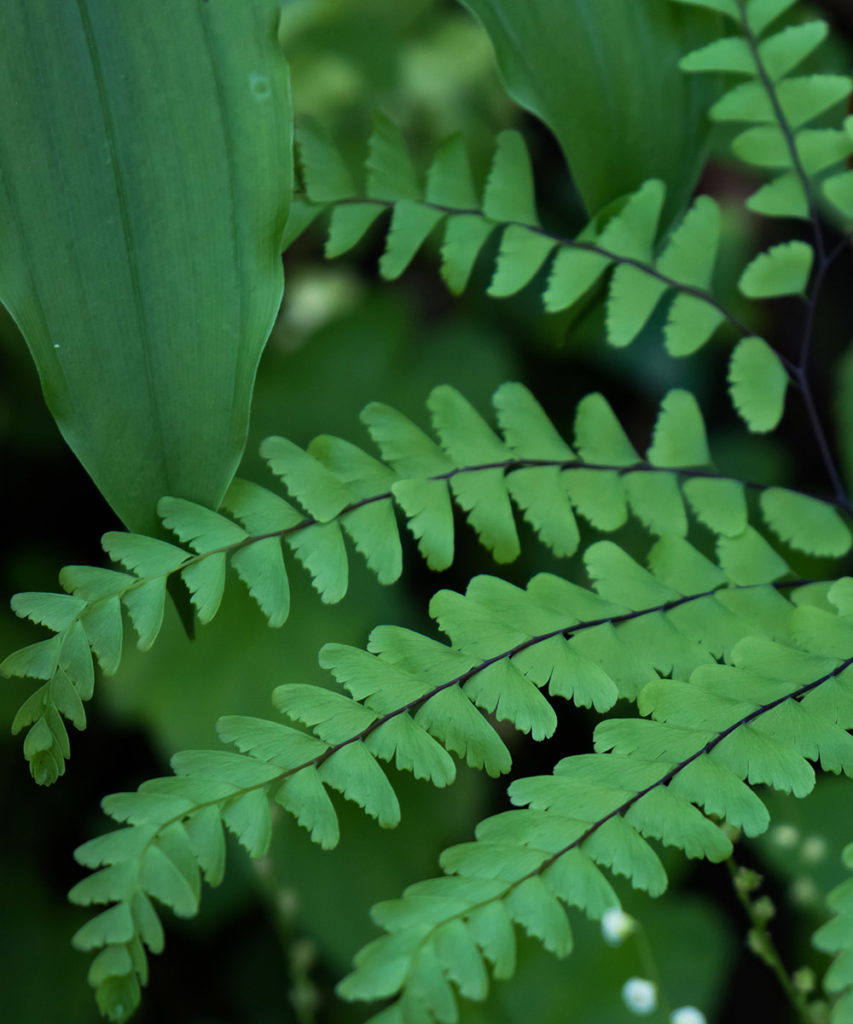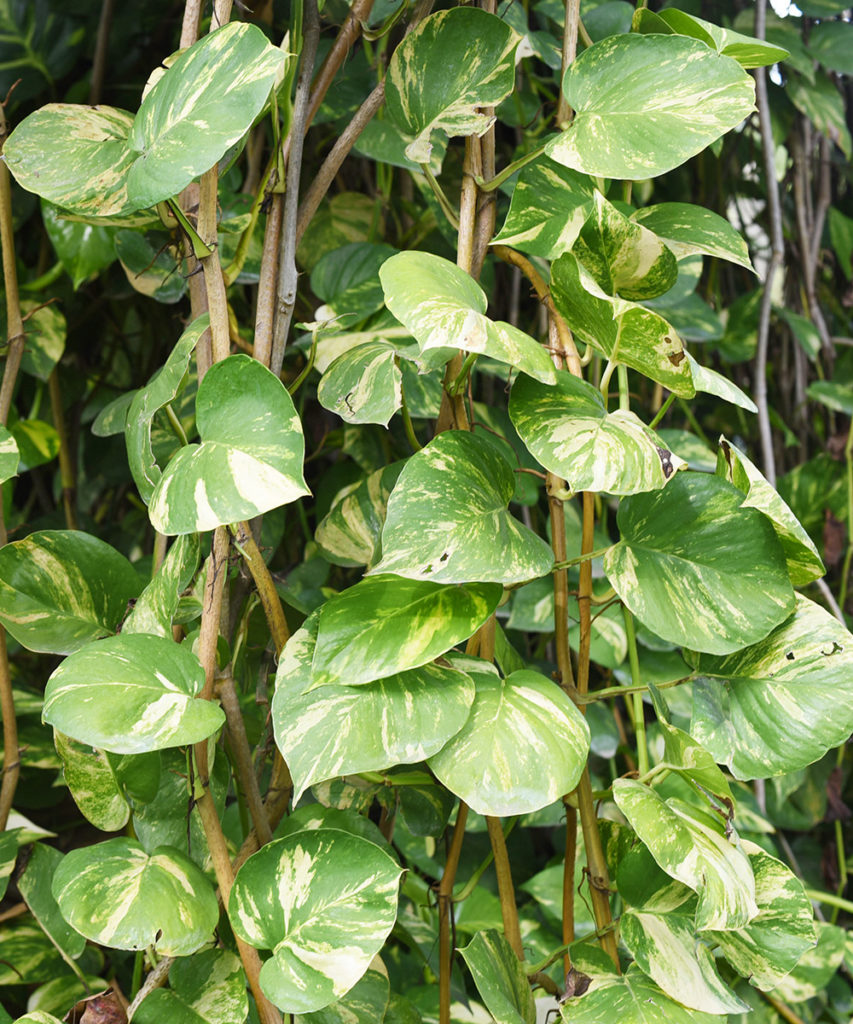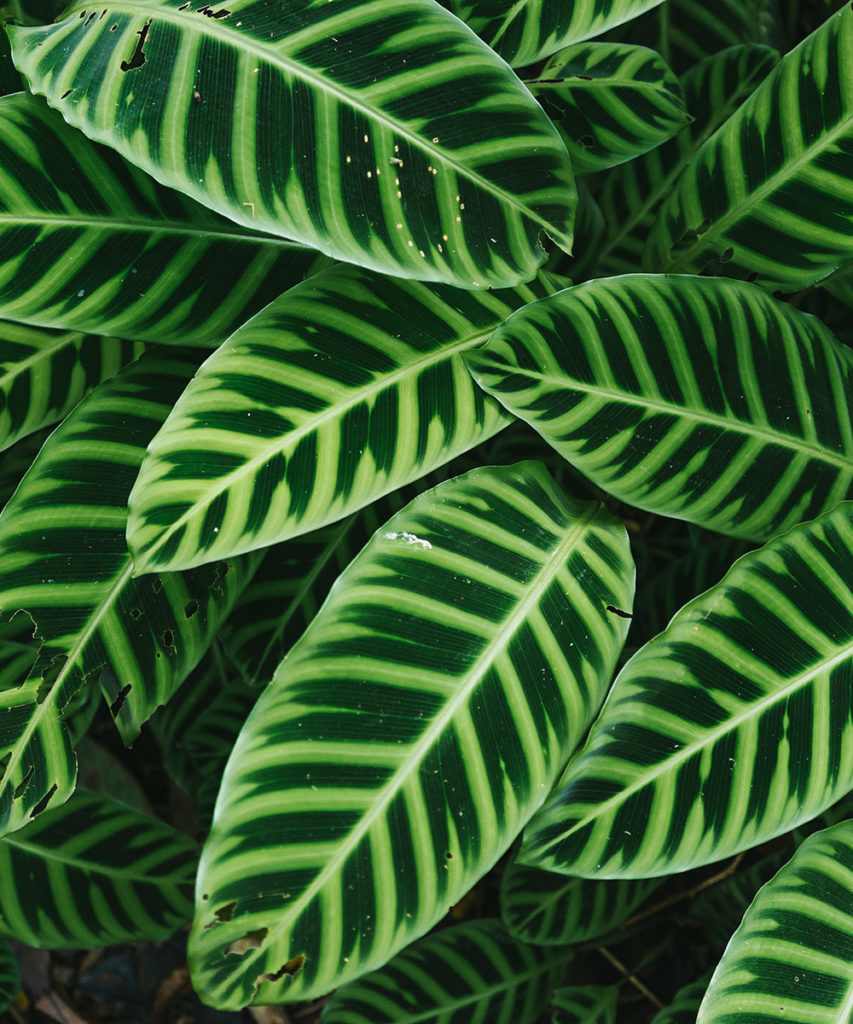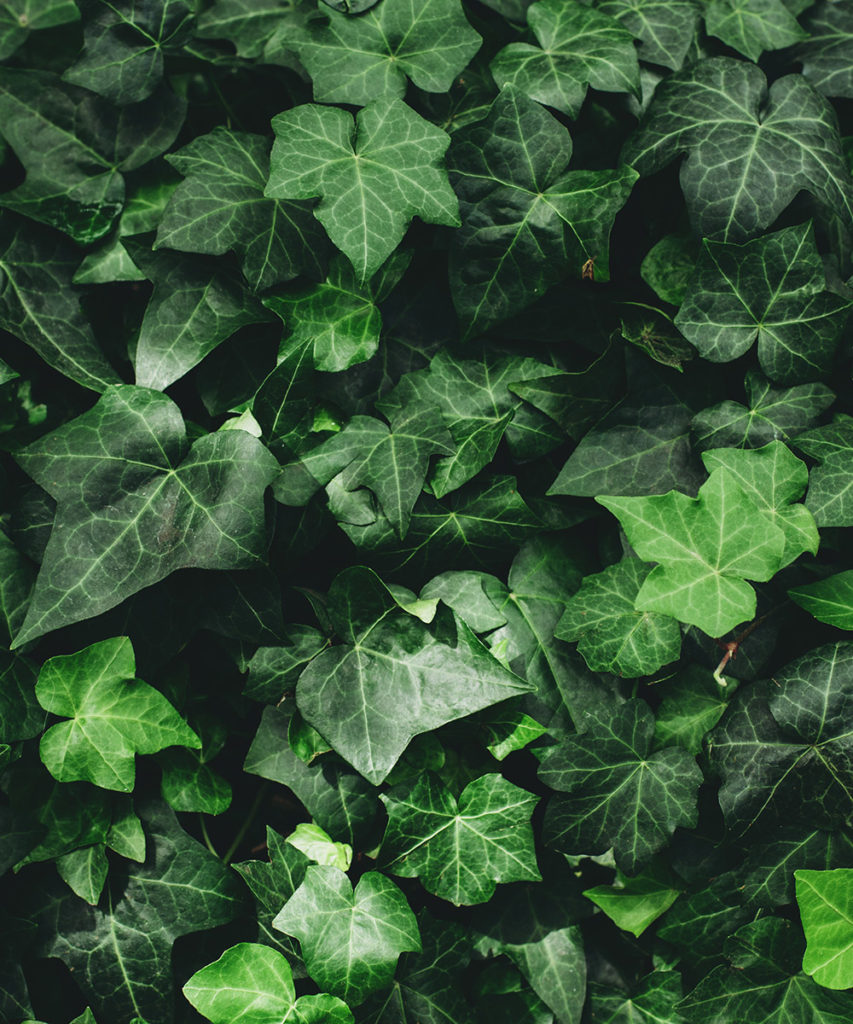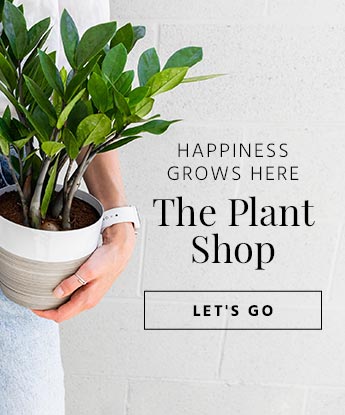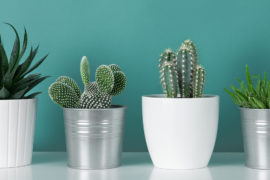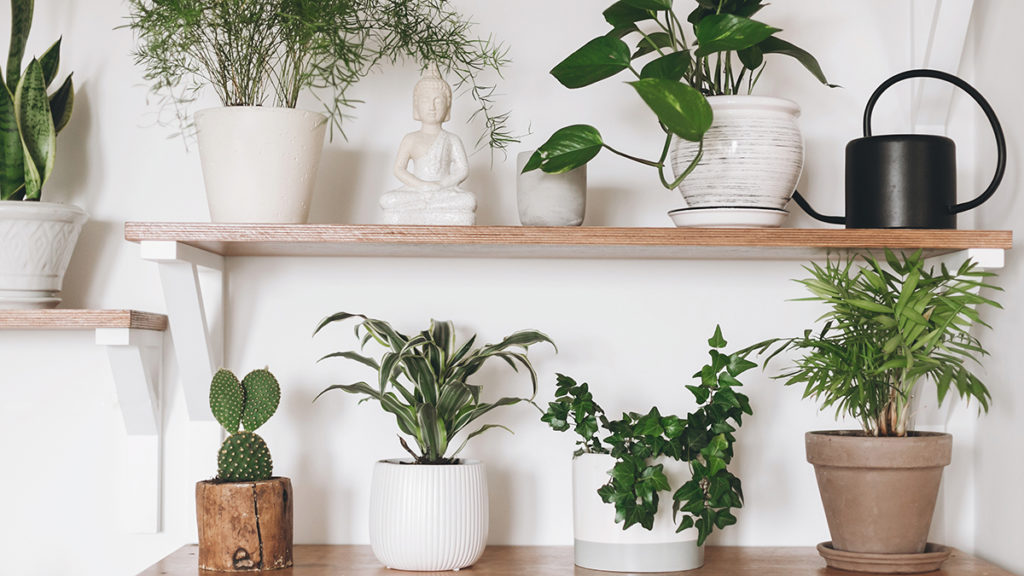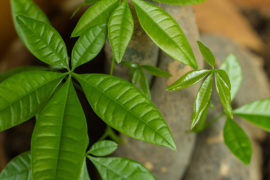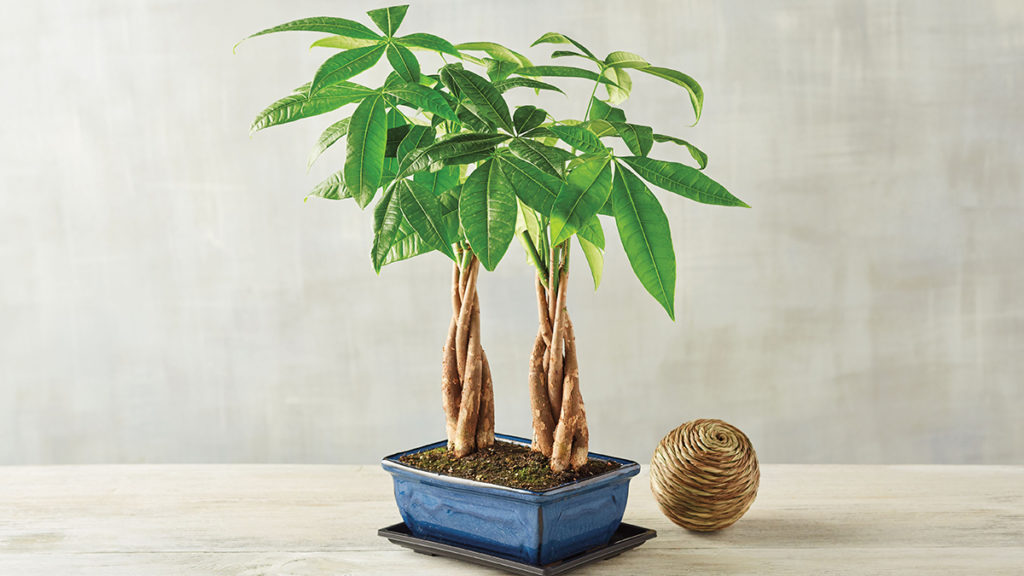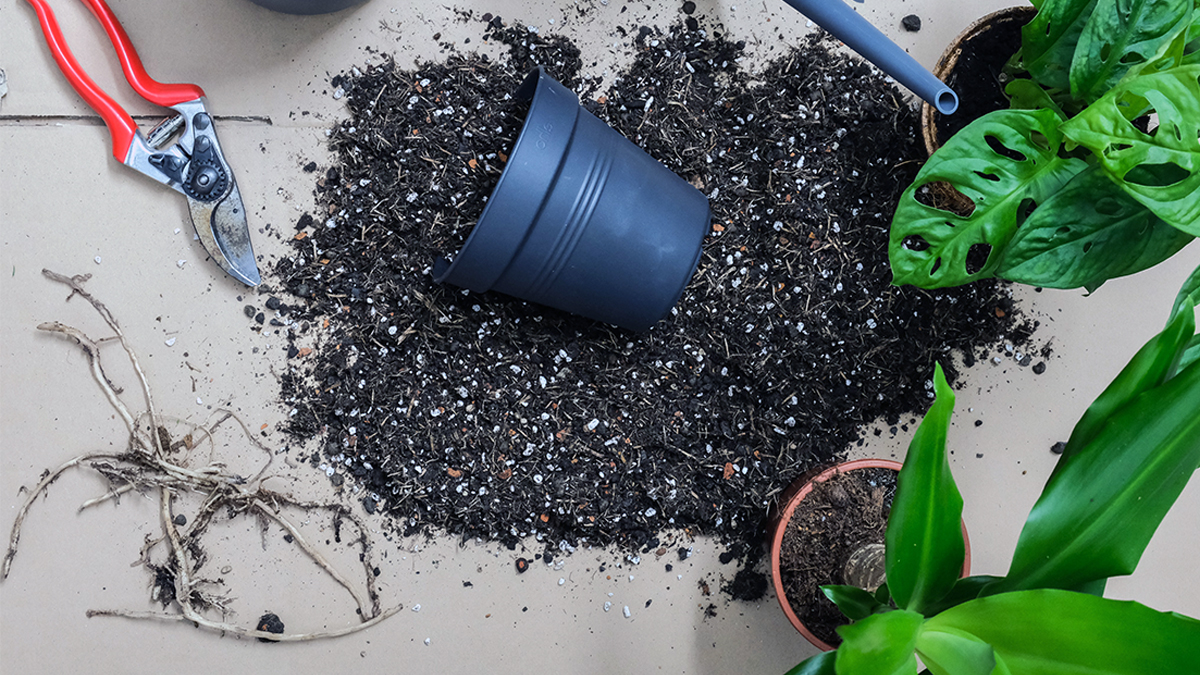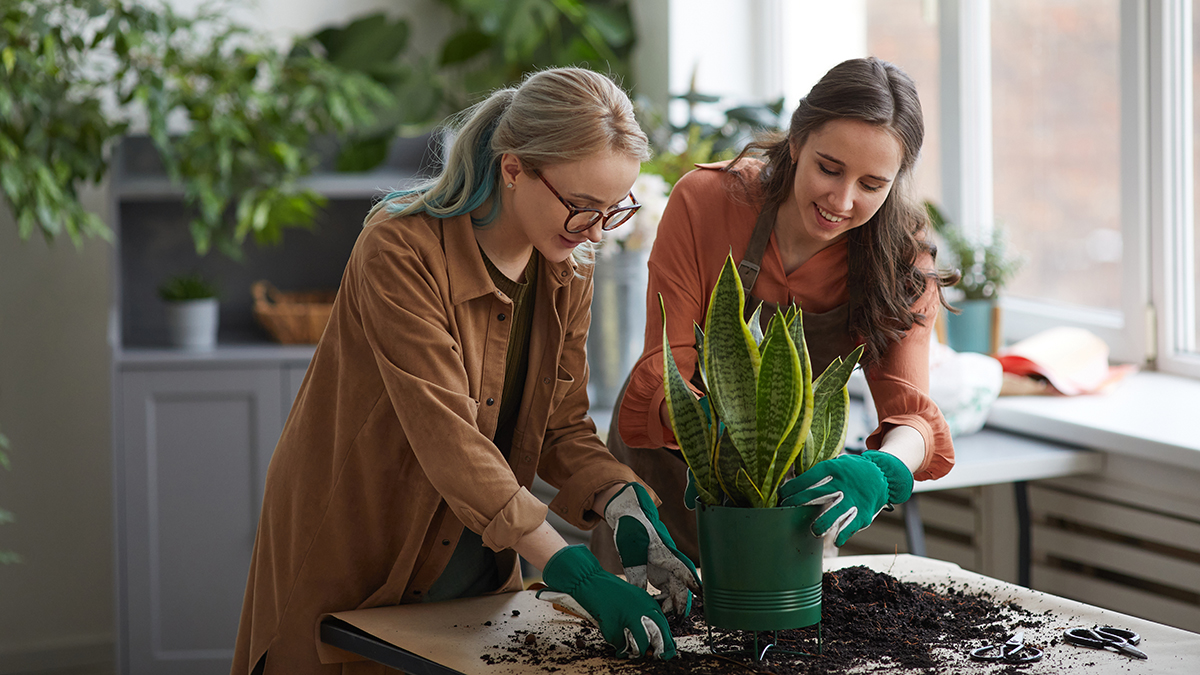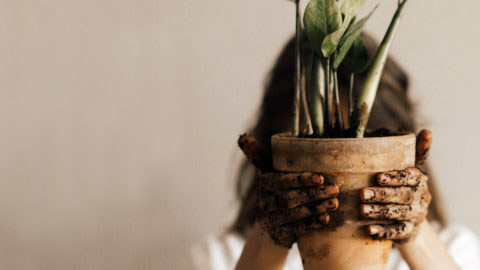If you’re a plant lover, chances are you’ve heard of air plants. These unique and low-maintenance plants have become quite popular in recent years, and for good reason. Not only are they visually appealing, but they also require very little care and can thrive in a variety of environments.
However, if you’re new to the wonderful world of air plants, you may be wondering about the different types and their specific characteristics. In this beginner’s guide, we’ll explore the various kinds of air plants and their unique features so you can better educate yourself about these fascinating plants.
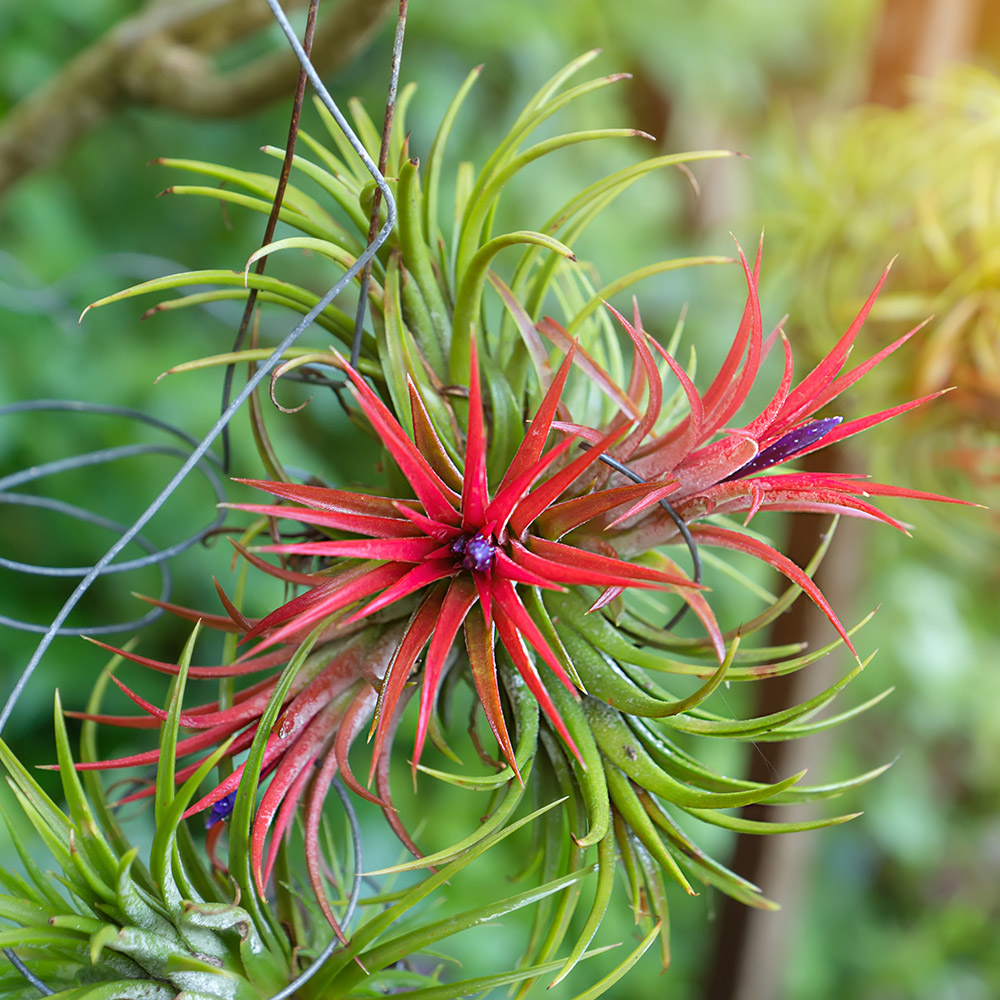
An overview of the air plant family
Air plants, known scientifically as tillandsia, are a member of the Bromeliad family. These distinctive plants hail from such diverse locales as the lush forests, towering mountains, and arid deserts of Central and South America.
Boasting more than 650 unique species, tillandsia are a fascinating genus to explore. What makes these plants so extraordinary is their status as epiphytes. This means they can grow and flourish in unlikely places — clinging to other plants, resting on rocks, or even taking up residence on telephone wires! They survive by absorbing water and nutrients not through roots, as most plants do, but directly through their leaves. This unique trait gives them the ability to exist in places other plants can’t and adds to their allure.
Understanding the various types of air plants
Air plants come in an array of shapes, sizes, and colors. Some are small enough to sit in the palm of your hand, while others can grow to impressive lengths. Some have soft, feathery leaves, and others bear stiff, spiky foliage. The colors of air plants range from deep green to silver to even red or purple. Popular species include the elegant tillandsia xerographica, with its silvery rosette of wide leaves, the charming tillandsia ionantha, which turns a vibrant red when it’s time to flower, and the intriguing tillandsia tectorum, known for its fuzzy, snow-like coating.
The beauty of blooming air plants
The bloom time of air plants can last anywhere from a few days to a few months. The flowering period is a vital phase in the air plant’s life cycle, signifying the plant reaching maturity and, subsequently, the beginning of a new generation.
Post-blooming, the plant produces pups, or baby plants, from its base. Over time, as the parent plant slowly fades, the new offspring continue to grow, carrying on the life cycle of the species.
3 air plant gift ideas
Growing conditions for different types of air plants
One of the biggest benefits of air plants is the little amount of care and maintenance they require. They enjoy bright but indirect sunlight and are happiest in warm environments, making them ideal candidates for indoor gardening.
When it comes to watering, they need a good soak once a week. The easiest way to water your air plants is to plunge them into a bowl of water for a couple of hours. Once they’ve enjoyed their bath, though, make sure they dry out completely before their next watering session — they do thrive during dry periods, after all.
Air circulation plays a pivotal role in the life of air plants, so keep them in a space that allows good air movement. And be wary of stagnant water around your plants, as this can quickly lead to root rot, their number one nemesis.
One last tip: Although they draw nutrients from their leaves, a monthly dose of fertilizer can give your air plants an extra boost of vitality, keeping them in top-notch condition.
Cultivating a healthy air plant collection
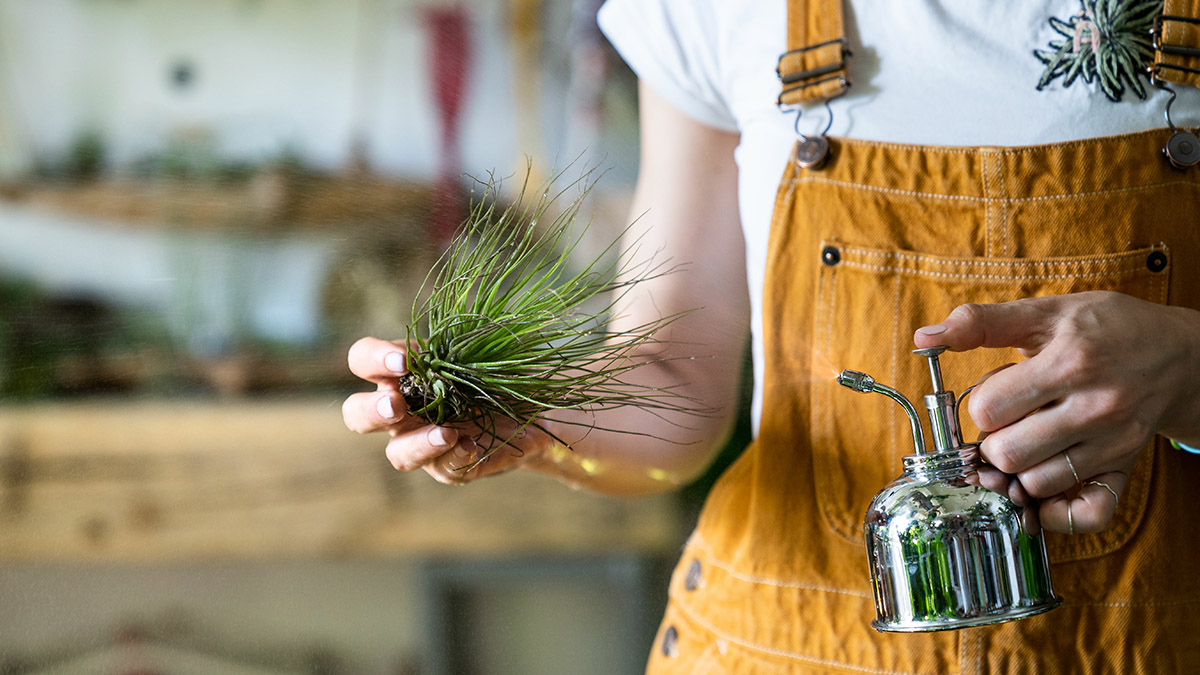
Nurturing a healthy air plant collection isn’t complicated, but it does require some mindfulness. Observation is key, so keep an eye on your tillandsias and respond promptly to their needs.
Rolled or curled leaves can be a sign of dehydration, in which case, it might be time to increase your watering frequency. But be careful: Leaves that turn brown and mushy are often a sign of overwatering. Finding the right watering balance is crucial to keeping your air plants thriving.
As these plants are natives of tropical and subtropical environments, where humidity is plentiful, consider misting them between waterings to maintain optimal humidity levels.
While these unique plants can survive on air, light, and water alone, a bit of specially formulated air plant fertilizer can supercharge their health and vitality. Use it sparingly, though — you don’t want to overwhelm your plants.
Displaying your air plants creatively
Air plants, since they can grow in a variety of places, offer a world of possibilities when it comes to displaying them. One idea is to suspend them from your ceiling to create a whimsical, living “botanical chandelier.” Another is to attach them to a piece of driftwood or wall-mounted board and, voila, you’ve got a piece of living wall art. Or, grab yourself a glass terrarium and simply nestle your air plants among a mini-landscape of pebbles, moss, and other natural elements.
Remember, though: Whichever way you choose to display them, your air plants have specific light and air needs, and to tend to them accordingly. Also, it’s a good idea to rotate your air plants periodically for even growth.
